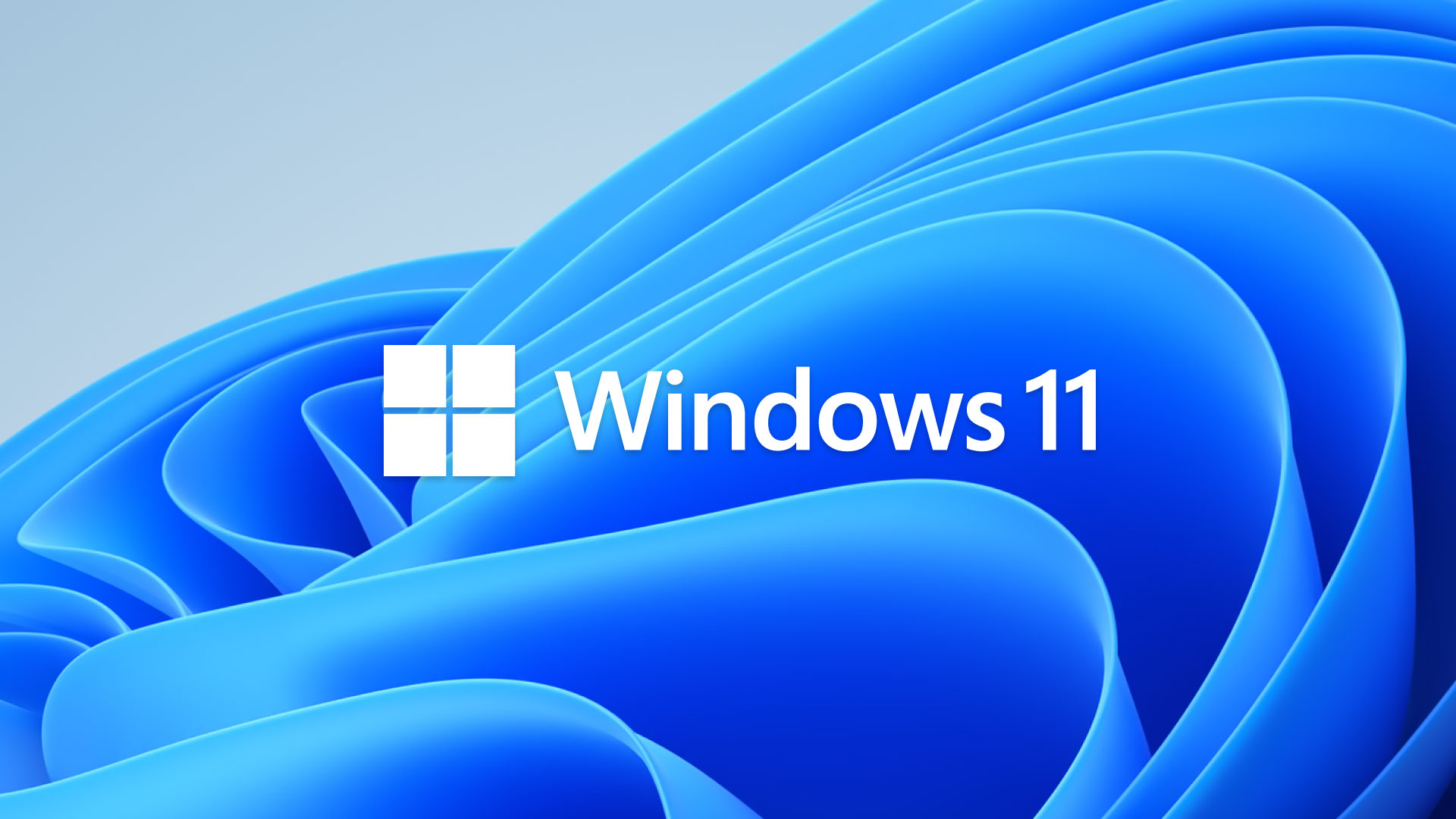Microsoft has a long history of introducing and then quietly removing useful apps and features from Windows. While some removals, like Internet Explorer, were necessary, others have left users searching for replacements. Thankfully, there are excellent alternatives available for the apps Microsoft has phased out.
In this guide, we’ll cover some of the best alternatives to the Windows apps that have been removed, helping you maintain or even improve your workflow.
1. Windows Mail – Use Thunderbird Instead
Microsoft officially discontinued the Windows Mail app in early 2025, pushing users toward the new Outlook app. While Outlook integrates features like Calendar, People, and To Do, not everyone is a fan of its interface.
If you’re looking for a reliable alternative, Thunderbird is a fantastic choice. It’s a free, open-source email client that allows local email archiving, advanced inbox filtering, and IMAP support for cross-device accessibility. Thunderbird also supports extensions to expand its functionality. If you prefer a more hands-on approach, you might even consider running your own email server.
2. Windows To Go – Use Rufus for Bootable USB Drives
Windows To Go, which allowed users to boot Windows from a USB drive, was exclusive to Windows 10 Enterprise and was discontinued in version 2004. If you need a similar feature on Windows 11, Rufus is the best alternative.
Rufus is a lightweight tool that lets you create bootable USB drives for any Windows edition. Once set up, you can configure your BIOS/UEFI to boot from the flash drive and install Windows effortlessly.
3. WordPad – Try AbiWord or LibreOffice
With the Windows 11 24H2 update, Microsoft officially removed WordPad and suggested switching to Microsoft Word. If you don’t want to pay for an Office subscription, there are free alternatives:
- AbiWord: A lightweight word processor with essential features, though it’s no longer actively developed.
- LibreOffice Writer: A full-fledged free alternative that supports Microsoft Office file formats seamlessly.
4. Disk Cleanup – Use Windows PC Manager
While Disk Cleanup still exists in Windows 11, Microsoft is gradually hiding it in favor of Storage Sense. However, Storage Sense doesn’t offer the same level of control.
For a reliable alternative, Windows PC Manager is an excellent choice. This free app provides similar functionality to Disk Cleanup, helping you free up storage space with ease.
5. Internet Explorer – Choose a Modern Browser
Microsoft replaced Internet Explorer with Edge, but not everyone is a fan of its built-in features like Bing integration, Copilot, and shopping suggestions. If you want a different browser, consider these options:
- Google Chrome: A fast, feature-rich browser with great extension support.
- Brave: A privacy-focused alternative with built-in ad-blocking.
- Mozilla Firefox: An open-source browser known for privacy and customization.
- DuckDuckGo Browser: A privacy-first option that blocks trackers by default.
6. Paint 3D – Try GIMP, Paint.NET, or Photoshop
Microsoft removed Paint 3D, but there are plenty of alternatives:
- MS Paint: The classic app has been updated with more features and may suffice for basic editing.
- Paint.NET: A free, powerful image editor with support for layers and plugins.
- GIMP: A free, open-source alternative to Photoshop with advanced image editing capabilities.
- Photoshop: The industry-leading image editor, though it requires a paid subscription.
Other Removed Features and Their Alternatives
With the Windows 11 24H2 update, Microsoft removed or deprecated over 10 features, including:
- Cortana – Alternative: Google Assistant or Alexa
- Steps Recorder – Alternative: OBS Studio or ShareX
- VBScript Support – Alternative: PowerShell or Python scripts
- Windows Mixed Reality – Alternative: SteamVR or Meta Quest
Final Thoughts
While Microsoft will continue to remove underused apps and features, plenty of third-party alternatives can help you maintain your preferred workflow. Whenever possible, opt for free and open-source software to avoid unnecessary subscriptions and bloatware.
What are your favorite alternatives to Microsoft’s removed apps? Let us know in the comments!

